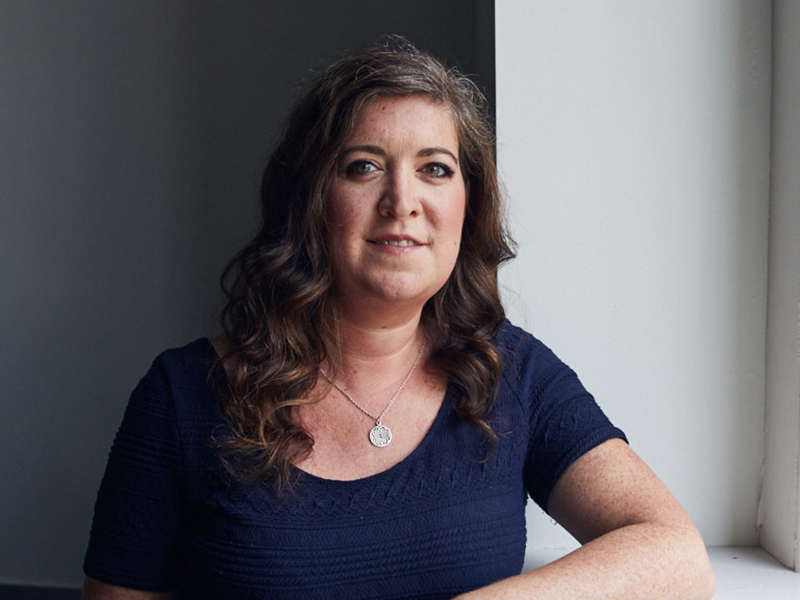

Earlier this year, I received an email from a Canadian National Railway Co. employee who had recently learned their defined benefit pension plan was winding up and they’d be moved into a defined contribution plan.
According to the plan member — who will remain anonymous — CN closed the DB plan to new hires more than 15 years ago and asked all non-unionized workers to choose between their legacy plan or a new DC plan. Now, according to the employee, the DB plan is closing to future accrual and these members will be migrated to the DC plan within two years.
Read: Head to head: Is Canada’s pension future DB or DC?
They said the non-unionized workforce that will be affected by this change is angry, which is understandable. But while I feel sympathetic, I thought it was important to point out in my response that this isn’t a new phenomenon. DB plans have been closing to new entrants — and subsequently wound up — for a couple of decades now. Instead of just blindly reacting to the loss, I think affected plan members should have the information to understand why the change is happening so they can appreciate that pension plan designs need to modernize to meet the changing needs of employees and employers.
Benefits Canada has showcased the two sides — DB versus DC — of the pension debate before, but I think we need to stop taking such a black and white stance: pension plans are continuing to evolve and grey areas exist. In many cases, employers are recognizing that just offering a traditional DB or DC plan doesn’t suit current workforce demographics, so employers are modernizing their offerings.
This month’s Employer Strategy looks at how one pension plan sponsor is doing just that, making its retirement savings plans more flexible to meet the needs of a diverse workforce. Following a review, Foresters Financial closed its long-standing DB plan to future accrual at the end of 2020 (it had been closed to new entrants since 2013) and redesigned its DC plan in early 2021.
In terms of flexibility, it introduced a group registered retirement savings plan and a group tax-free savings account and also increased its employer match within its savings plans. The minimum employee contributions and all employer contributions go into the DC plan, but any additional member contributions can go into the DC plan, the RRSP, the TFSA or a combination of these three plans.
“This is to recognize that everyone has different needs — saving for retirement, saving for a house down payment, saving for a vacation or renovation — and we want to provide our employees with flexibility to better support their financial well-being,” says Ken Adams, the company’s vice-president of total rewards.
Coming back to CN Rail, it’s among the employers that Benefits Canada checked in on in this month’s Pension Feature, which took the temperature of large pension plans in the country’s travel and transportation sectors.
Throughout the past two years, the coronavirus pandemic’s economic effects have been disproportionately felt within these industries. With travel restrictions prompting many of these employers to grind their services to a halt, implement widespread layoffs and take a serious look at their balance sheets, how did their pension plans fare?
This look at DB plans in two very precarious sectors also contributes to my position that more employers should consider evolving their plans to meet the future. Indeed, when the going gets tough, the tough get out of the pension game. These employers provide valuable services to Canadians and sponsoring DB pension plans — and subsequently feeling the weight of those plans in their cash flows — isn’t part of those services, so it’s time to consider other options.
Read: A look at the pandemic’s impact on pension plans in Canada’s travel, transportation sectors
I fully agree with Andrew Gillies, a consulting actuary and partner at Robertson, Eadie & Associates, who says the best way to have a strong pension fund is to have a strong plan sponsor. “The cash flow for companies in those industries has been hurt, so not having a strong plan sponsor makes it difficult to have a pension fund.”
Complementing Foresters Financial’s focus on flexibility, Jean-Daniel Côté, vice-president and practice leader for retirement consulting at BFL Canada, says a lot of his plan sponsor clients are taking a look at their pension offering, which he calls good news for plan design. “Employers are looking at whether they want a pension plan or something more flexible.”
Regardless of what type of savings plan is on offer, I think plan sponsors — and their members — must appreciate that one size doesn’t fit all. While it may not sit well with employees in the short term, it’s time for employers to step up to support varying plan member needs and embrace evolving pension plan designs.
Jennifer Paterson is the editor of Benefits Canada.
